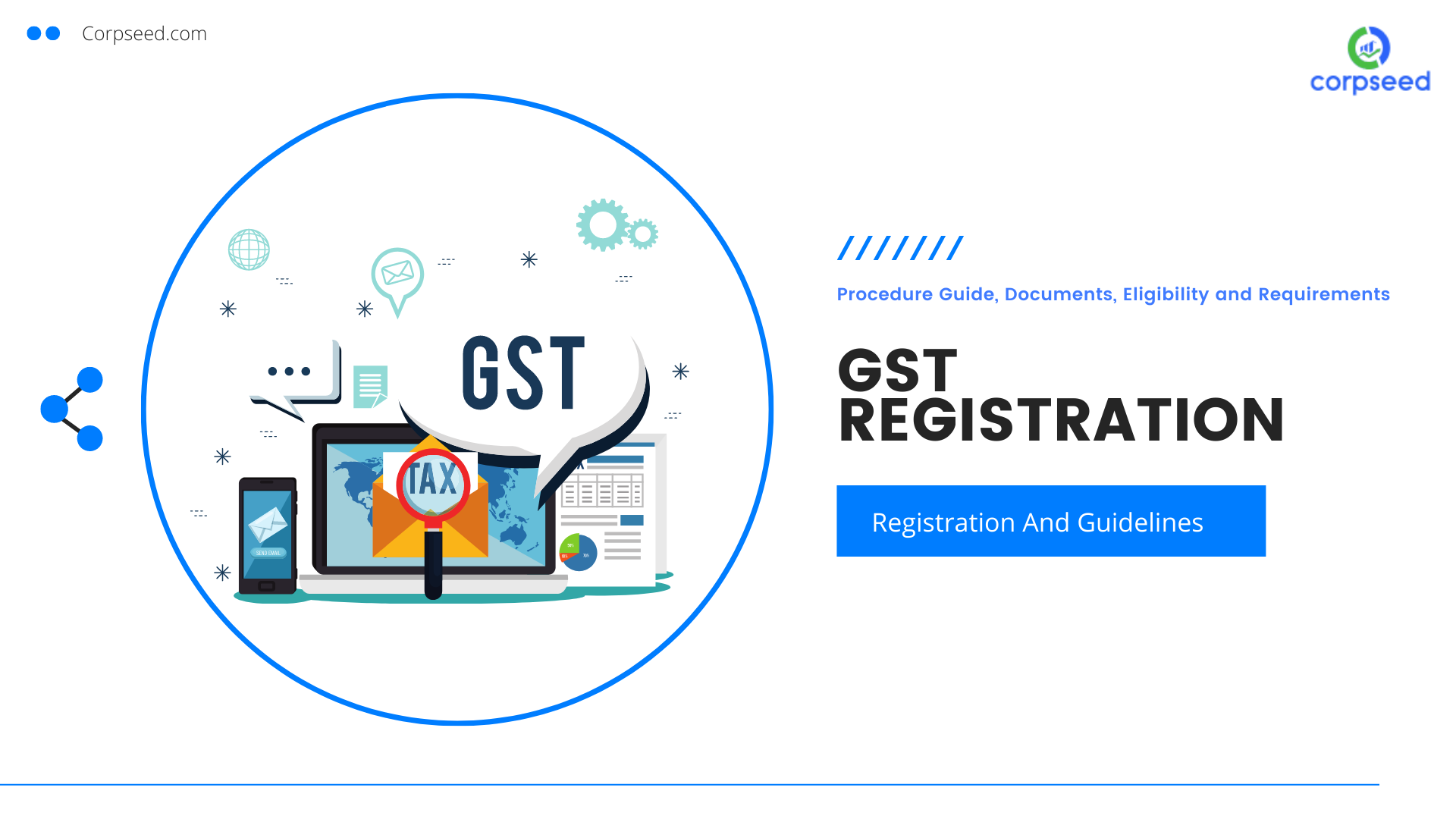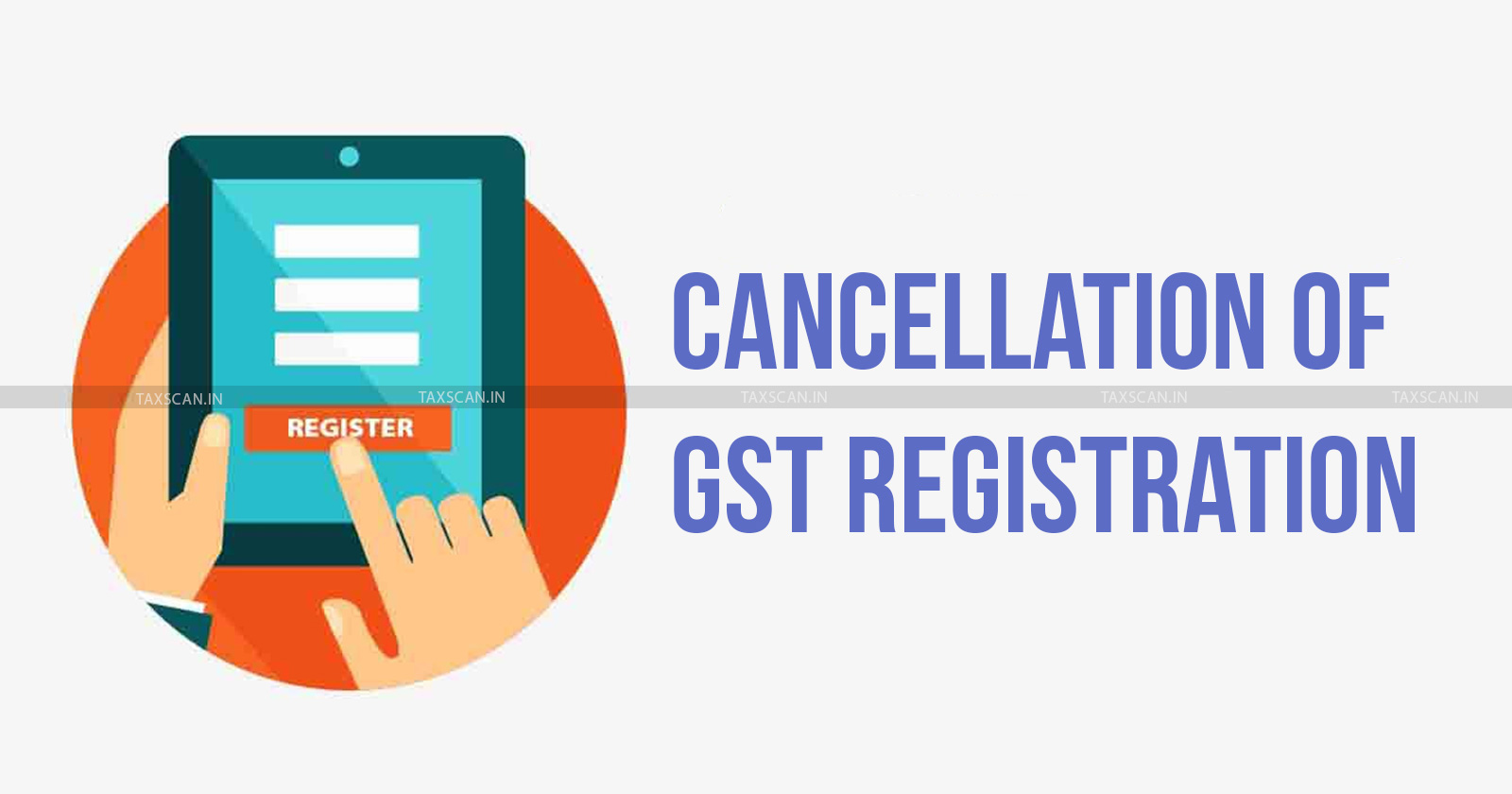Leading Tips for a Smooth Singapore GST Registration Experience
The Ultimate Overview to Simplifying the GST Enrollment Refine and Requirements for Small Company Owners

Recognizing GST Fundamentals
To comprehend the principles of the Product and Solutions Tax Obligation (GST) system, small service proprietors must initially recognize its underlying principles and effects. GST is a value-added tax obligation levied on many goods and services for residential consumption. It aims to enhance the taxes process by replacing several indirect taxes imposed by the state and main governments. Under the GST regime, businesses are needed to sign up and gather tax obligation on behalf of the federal government, guaranteeing openness and compliance.
One of the vital principles of GST is input tax credit rating, which enables organizations to claim credit report for tax obligations paid on their purchases. This mechanism avoids the plunging effect of tax obligations and promotes performance in the tax obligation system. Additionally, GST is a destination-based tax, meaning that the tax is levied at the point of usage instead than the point of beginning. This makes sure reasonable distribution of tax obligation earnings among states based on where the items or solutions are consumed. Recognizing these basic principles is important for small company proprietors to navigate the complexities of the GST system and ensure compliance with the regulation.
Qualification Criteria for Registration
Having developed a fundamental understanding of GST principles, tiny service proprietors have to currently satisfy details eligibility standards to proceed with the enrollment process (Singapore GST Registration). Companies that were registered under the previous tax obligation regime (BARREL, service tax, etc) are additionally mandated to sign up under GST. Farming companies that only supply create out of key production are exempt from GST registration.
Documents Required for GST Enrollment

Simplified Enrollment Refine Steps
Complying with the collection and confirmation of the requisite files, the registration process for GST can be navigated through a series of simplified actions made to assist in efficient compliance for local business proprietors. The initial step includes going to the GST portal and selecting the 'New Enrollment' alternative. Consequently, the candidate must complete Part A of the GST REG-01 kind with information such as frying pan, mobile number, and e-mail address to acquire an OTP for verification. Once the OTP is gotten and gone into, a read this article Short-term Reference Number (TRN) is produced for additional procedures. The next step calls for filling in Part B of the type with needed organization details, publishing sustaining records, and finishing the confirmation process utilizing DSC or EVC. Upon successful confirmation, an Application Reference Number (ARN) is issued, suggesting the conclusion of the GST registration procedure. By adhering to these simplified actions, little organization owners can effectively sign up for GST and make sure conformity with tax guidelines.
Tips for Ensuring Compliance
To preserve regulative adherence and functional stability, thorough oversight and aggressive procedures are crucial in ensuring conformity with GST requirements for small organization proprietors. Tiny company owners need to remain updated with GST laws, submitting due dates, and any kind of modifications in tax rates to avoid fines and preserve a good standing with tax obligation authorities. Participating in GST recognition workshops or training programs can improve understanding and compliance with GST policies, ultimately profiting the organization in the long run.
Final Thought
To conclude, local business owners must recognize the essentials of GST, meet the eligibility standards, collect essential records, and comply with the streamlined registration procedure steps to make certain compliance. By streamlining the GST registration procedure and requirements, small company owners can avoid charges and operate their services smoothly within the lawful structure - Singapore GST Registration. It is essential for local business proprietors to remain certified and enlightened with GST policies to keep a successful service operation
Small organization proprietors looking for GST enrollment need to guarantee they collect and send the essential files to complete the registration procedure efficiently. The documents needed for GST registration see this here generally include proof of business registration or consolidation, FRYING PAN (Permanent Account Number) card of the organization identity, address and entity proof of the promoters/partners/directors, photos, address learn the facts here now evidence of the place of business, financial institution account statements or terminated cheques, and authorization kinds. Participating in GST recognition workshops or training programs can improve understanding and conformity with GST laws, ultimately benefiting the business in the long run.
By simplifying the GST registration process and demands, little service owners can prevent penalties and run their businesses efficiently within the legal framework. It is important for small service owners to remain certified and informed with GST policies to maintain an effective organization procedure.